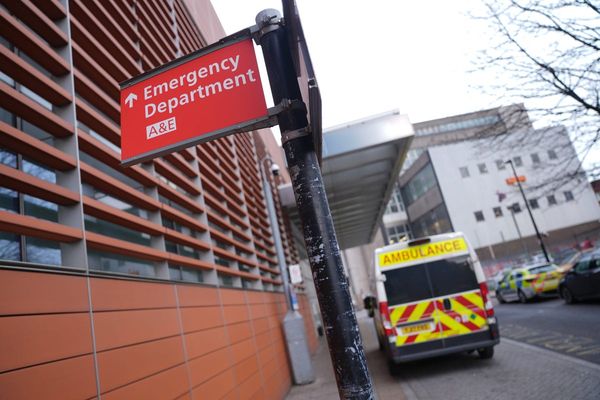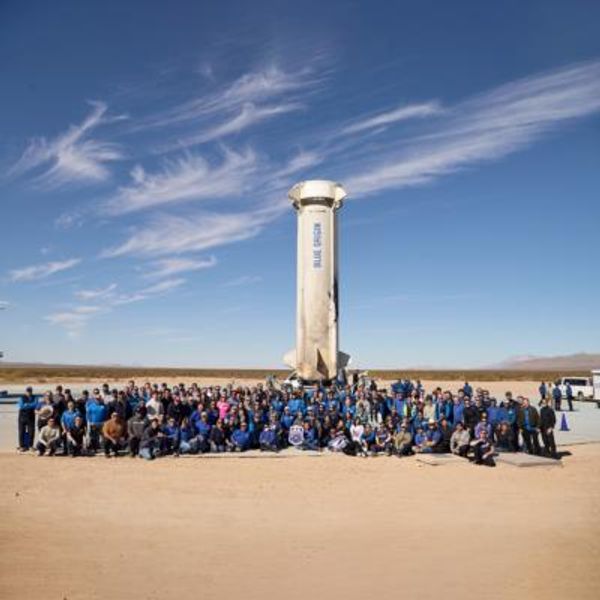
Scientists have observed like charges attracting each other over long distances in an apparent contradiction of a fundamental principle of physics.
First stated by French physicist Charles-Augustin de Coulomb in the 18th century, "opposites attract and like charges repel each other" has become a familiar idiom — even being famously reformulated by Paula Abdul.
Now, new research published March 1 in the journal Nature Nanotechnology has complicated this picture. A team of researchers found that, in some liquids, the opposite is true: Like-charged particles attract.
"Because like-charged objects in a vacuum are expected to repel regardless of whether the sign of the charge they carry is positive or negative, the expectation is that like-charged particles in solution must also monotonically repel," the researchers wrote in the paper.
To test the assumption, the researchers placed charged silica microparticles (measuring just 0.0002 inch, or 5 micrometers, wide — a fraction of the width of a human hair) inside water or one of two types of alcohol. By tracking the charges with a microscope, the team established that, inside water, the positively charged particles pushed themselves away from each other in accordance with Coulomb's law.
But the negatively charged particles behaved differently altogether: They clumped into tiny hexagonal structures. This effect occurred when the water was made mildly acidic — in a pH window between 5 and 6.5, or about as acidic as coffee or milk — and disappeared outside this range.
Related: Quantum batteries could charge faster by scrambling the rules of cause and effect
And when positively charged particles were placed inside ethanol or isopropanol, it had the opposite effect: The positive charges were attracted to each other, and the negative ones repelled.
To explain the strange behavior, the researchers turned to a theory they had been developed that modeled the water as molecular rather than as a continuous medium.
"Our [standard] equations are continuum equations — they don't respect the grainy nature of the continuum," lead author Madhavi Krishnan, a professor of physical chemistry at the University of Oxford, told Live Science. "It works perfectly fine for most situations, except when it doesn't."
By modeling the water molecules as tiny electromagnetic dipoles — with a slight negative charge at the oxygen atom and a positive charge around the hydrogen atoms — the researchers found that an "electrosolvation force" arises from the interaction between the negative oxygen and the negative silica particles.
This force reduces the overall energy in the system after a proton has "hopped" onto the silica particles to decrease their overall negative charge, and it occurs at a distinct pH range when the protons in the solution are able to switch their positions.
"You need to be in a range of pH where the protons want to hop on and off," Krishnan said.
In alcohol, the molecular dipole is inverted, leading the force to be felt between positive charges, the team found.
Now that the effect has been demonstrated, the researchers will use it to better understand biomolecular condensates, a type of cell organelle that can separate the phases of a cell's contents and whose workings are vital to understanding diseases.
"I'd be stunned if the basic underlying principle isn't similar," Krishnan said. "If we can contribute to understanding this class of problems, then I think we've added quite an important concept, because such phenomena are expected to be relevant even in human disease."







